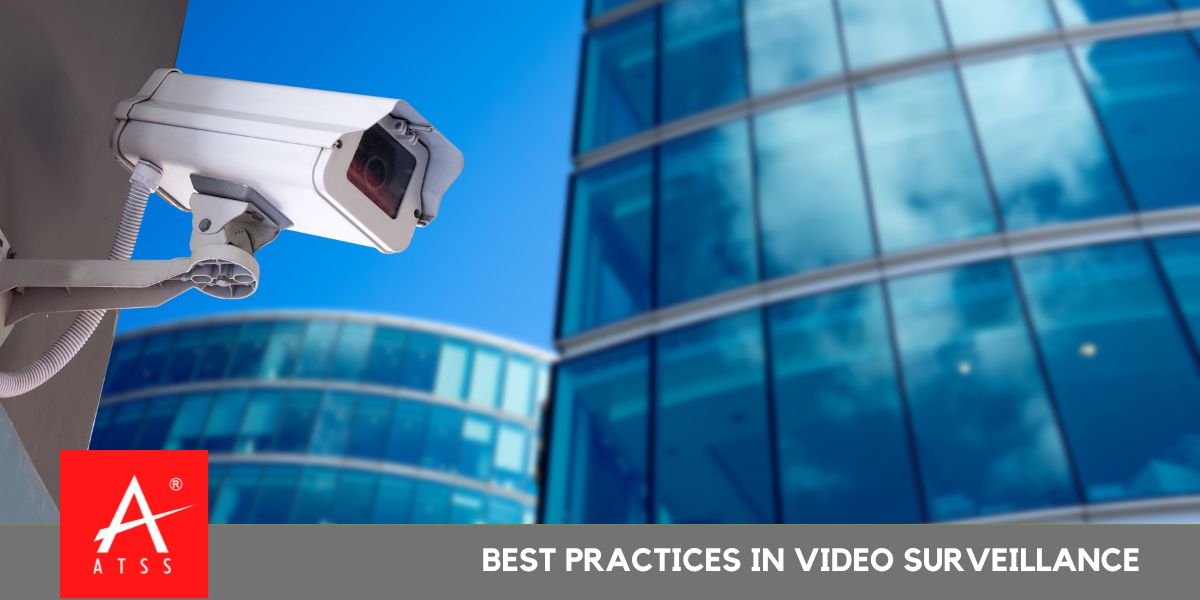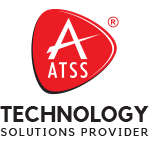
Best Practices in Video Surveillance
Video Surveillance
PLAN AND INVEST WISELY
CCTV Video Surveillance – Plan and invest wisely to attain the project objectives successfully. The infrastructure that serves the cameras includes cabling and power cabling. power supplies, fiber-optic conductors, adapters, and hardware. The main components of the infrastructure should last at least 10 years or more. Cameras, however, will last significantly less than that period. Therefore, be sure to invest wisely in the basics, as they will outlast three camera generations or more.
REGULAR AUDIT AND MAINTENANCE
Regular audit of video surveillance footage is critical for any big or small video surveillance project. System maintenance after the initial installation is a critical component of effective video surveillance system management. In most cases, negligence in regular audits results in the loss of video data. Regular audits help to identify the key characters in the security incident (Theft, Attack, Stocking, or other serious crimes). The video surveillance footage if checked regularly may notice any unusual activity on the premises (loitering. unknown visitor, suspicious activity, etc) attempts by the serial offender at a particular site. Often oversight and laxity in having annual maintenance contracts lead to the loss of major video evidence, which defeats the very purpose of setting up a Video surveillance system.
After you have ensured the proper set up of your system (again best performed by a professional), here are a few good tips for regular maintenance.
- The system should be continually running/recording 24 hours a day, 7 days a week.
- Make certain to secure and hide your digital video recorder.
- Keep data stored on a digital video recorder or in remote cloud storage. Storage on a digital video recorder is a best practice preferable to cloud storage as it cannot have its signal jammed or hijacked.
- Save data for at least 30 days
- After finding specific footage, save it to an alternative source like à thumb drive or external hard drive.
STORE DATA IN A SECURE LOCATION
Business video surveillance footage may potentially contain sensitive information about your business and/or customers. All efforts should be made to secure access to the system. Login information (including usernames and passwords) should only be provided to trusted managers who have been properly vetted. Written incident logs should also be created and kept near the business video surveillance system. The written log will allow any employee to record the exact time and date of an incident, in case the individual with access to the surveillance system is not on-site. Documenting the exact time of an incident can reduce the number of resources spent attempting to locate necessary footage.
DEVELOP SOPS
A surprising number of owners do not have any written policy or standard operating procedures (SOPS) regarding the appropriate use and retention of recorded video. A proper policy should be developed in conjunction with corporate counsel and should conform to the records retention policy of the organization. The policy should specify for what purposes the video images may be used and what type of authorization is necessary to access or copy them. It should identify them as to the appropriate level of confidentiality. It should specify what constitutes inappropriate use and what disciplinary action may be taken if personnel violate the policy.
CHOOSE TECHNOLOGY WISELY
Using software technologies that are easily applied or even come included with the IP camera or Video Management System (VMS) can increase the overall effectiveness of your surveillance system and your security operation. While one-off, proprietary hardware technologies might be so unique they are not supported later, software technologies are usually less painful to resolve if they don’t work as desired.
There are many factors to consider when laying out a video surveillance system, but applying the above principles when considering the scope and size of your CCTV system will help avoid some of the more common problems and pitfalls that can arise from poor planning.

